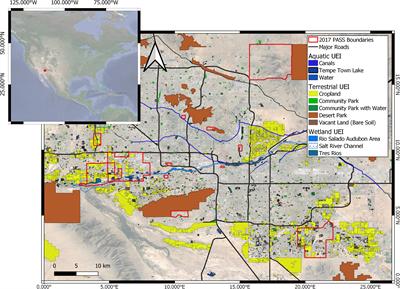EDITORIAL
Published on 05 Nov 2021
Editorial: Historical Legacies of Land Use in Cities; Parks, Open Spaces and Potential for Green Infrastructure- Ideas of City Nature in an Urbanizing Planet
doi 10.3389/fevo.2021.764084
- 1,618 views
- 2 citations
21k
Total downloads
200k
Total views and downloads
You will be redirected to our submission process.
EDITORIAL
Published on 05 Nov 2021
REVIEW
Published on 30 Apr 2021
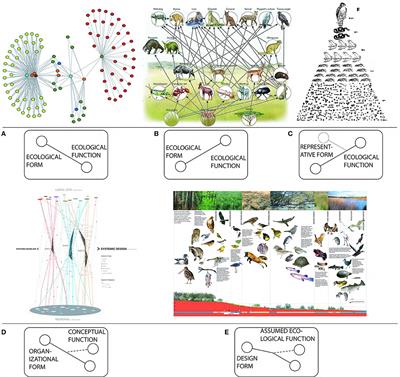
PERSPECTIVE
Published on 08 Apr 2021
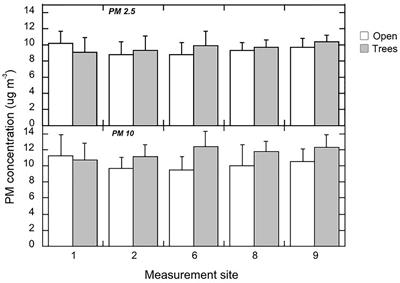
REVIEW
Published on 16 Mar 2021
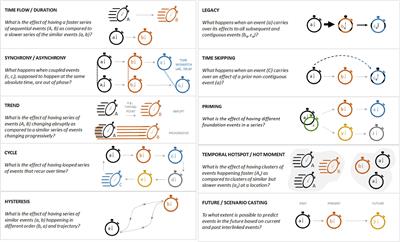
ORIGINAL RESEARCH
Published on 12 Mar 2021
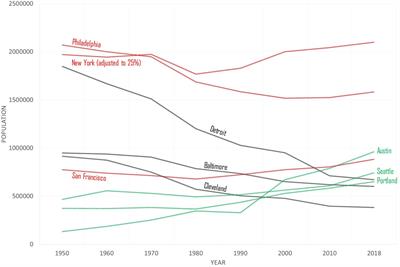
ORIGINAL RESEARCH
Published on 11 Jan 2021

BRIEF RESEARCH REPORT
Published on 22 Dec 2020
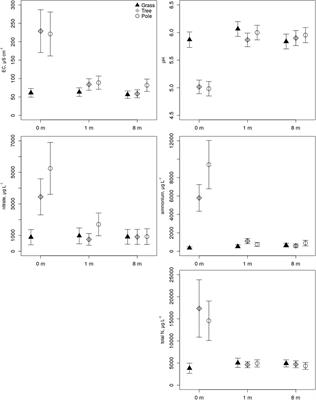
ORIGINAL RESEARCH
Published on 23 Nov 2020
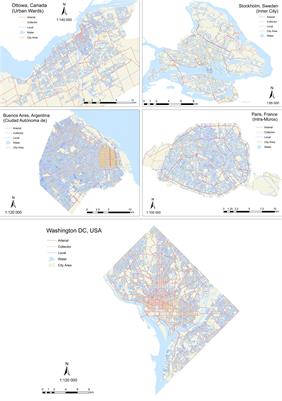
ORIGINAL RESEARCH
Published on 22 Oct 2020
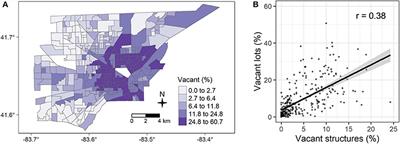
ORIGINAL RESEARCH
Published on 22 Oct 2020
